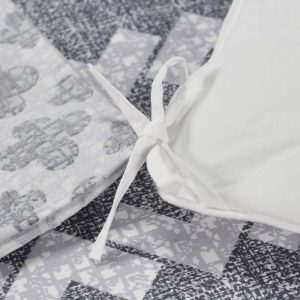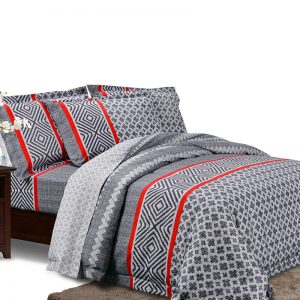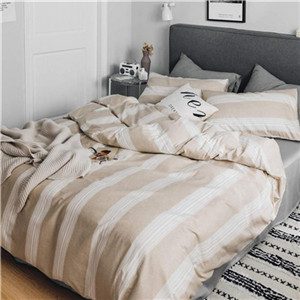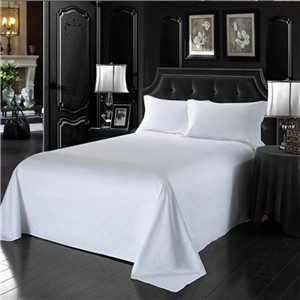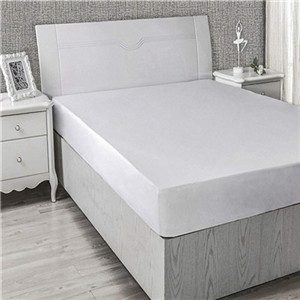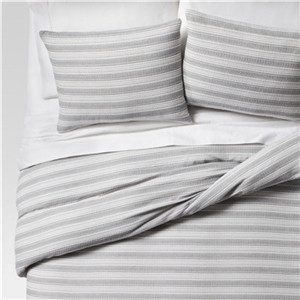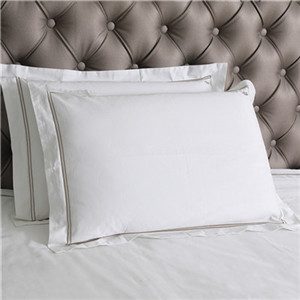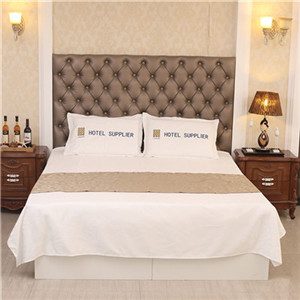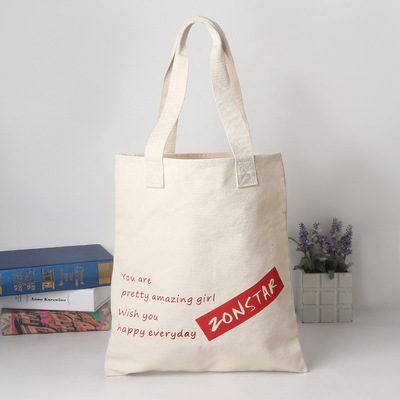Basically, no one knows about cotton fabrics. According to different interweaving methods, cotton fabrics can be divided into plain weave, twill weave, satin weave, and jacquard, as well as colored cloth and printed fabric according to different printing and dyeing processes. Let’s talk about the bedding manufacturers in detail below.
1. Yarn count: the higher the count, the thinner the yarn.
2. Density: the number of yarn counts per square inch, such as 110*90 is the number of warp threads per square inch, 10 threads and 90 weft threads. The higher the density, the better the quality.
3. Printing: that is, dyeing the pigment to the natural fabric; printing is divided into two types: pigment printing and reactive printing.
4. Pigment printing: It is a printing in which insoluble pigments are fixed on the surface of the fabric with the aid of an adhesive. Its disadvantages are hard hand feeling, dark washing or poor rubbing fastness. But the price is low.
5. Reactive printing: The process is more complicated, and it is a kind of printing that uses reactive gene dyes to fix on the fabric. The color fastness is strong and the price is expensive. It can be divided into garden printing and flat screen printing.
6. Garden screen printing: the back-to-position version is limited, only fixed-size bedding can be made, and the cost of making the net is good, and a small pillow is better to install a small pillow. The flat screen should be higher.
7. Flat screen printing: Unrestricted return plate distance, high precision and accuracy, continuous pattern printing, bedding of different specifications. The disadvantage is that the work efficiency is good and it is better to place a small pillow and the garden netting machinery is low.
8. Color cloth: The whole cloth surface is composed of a solid color, without patterns. Color cloth is generally divided into plain weave and twill weave.
